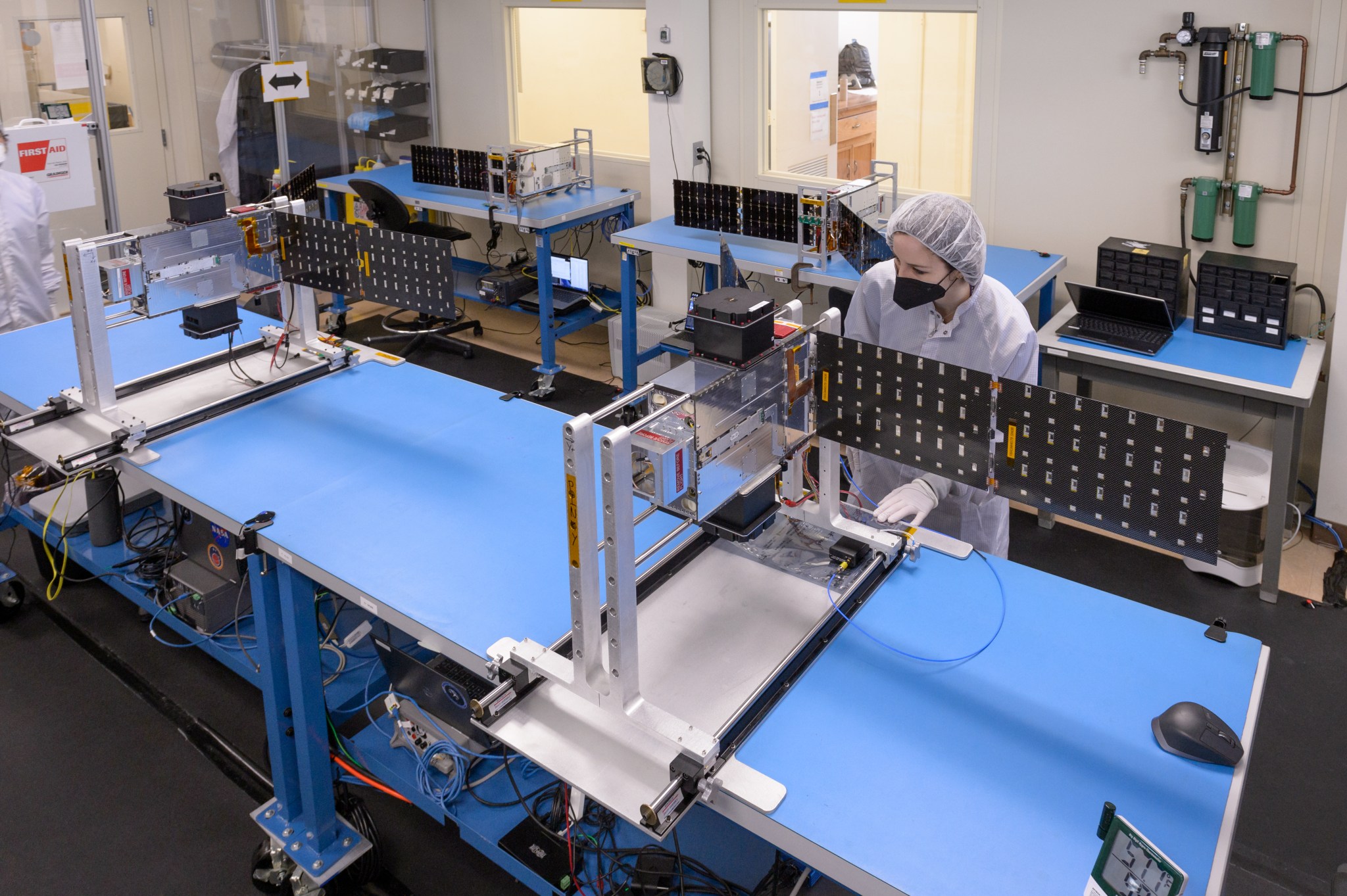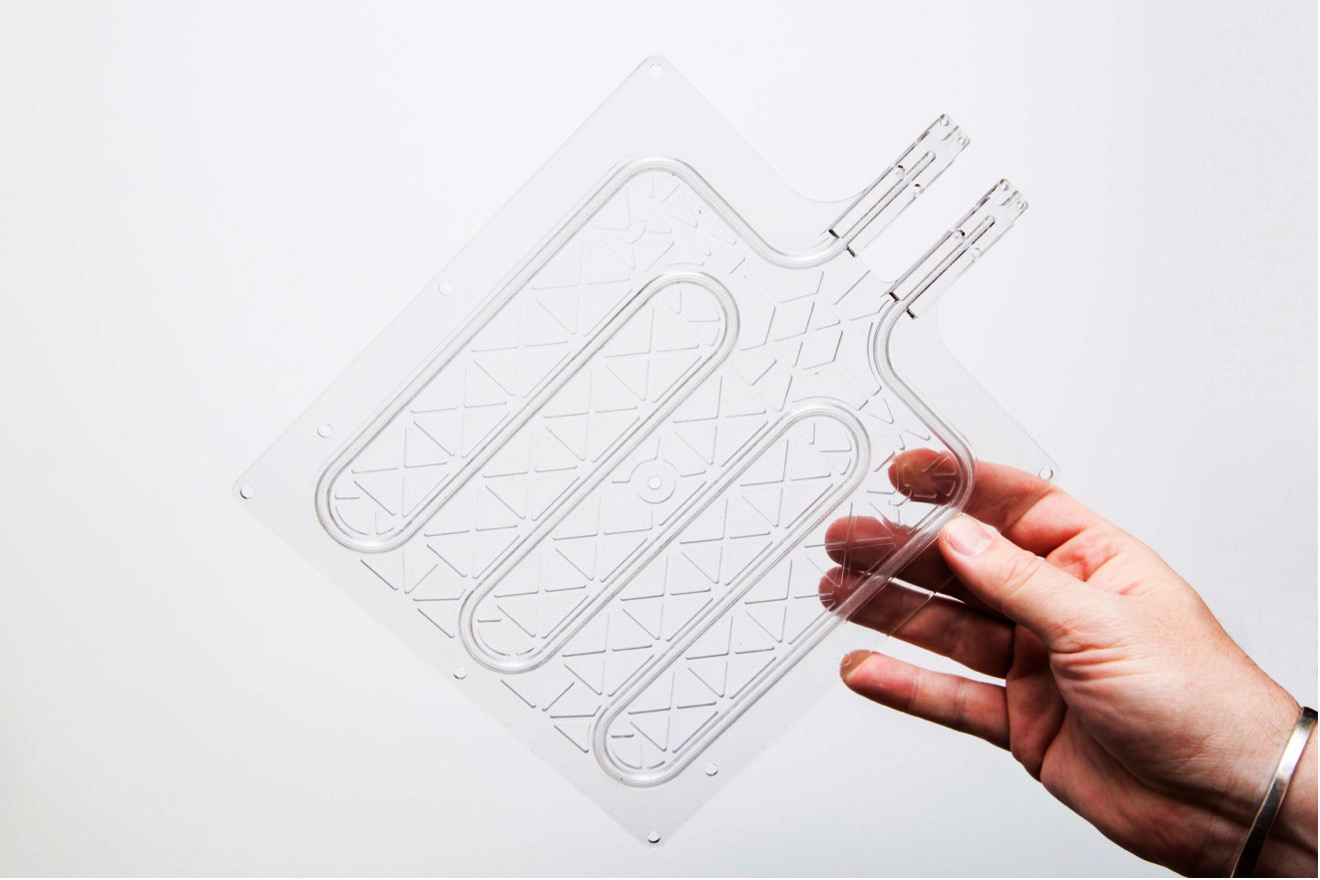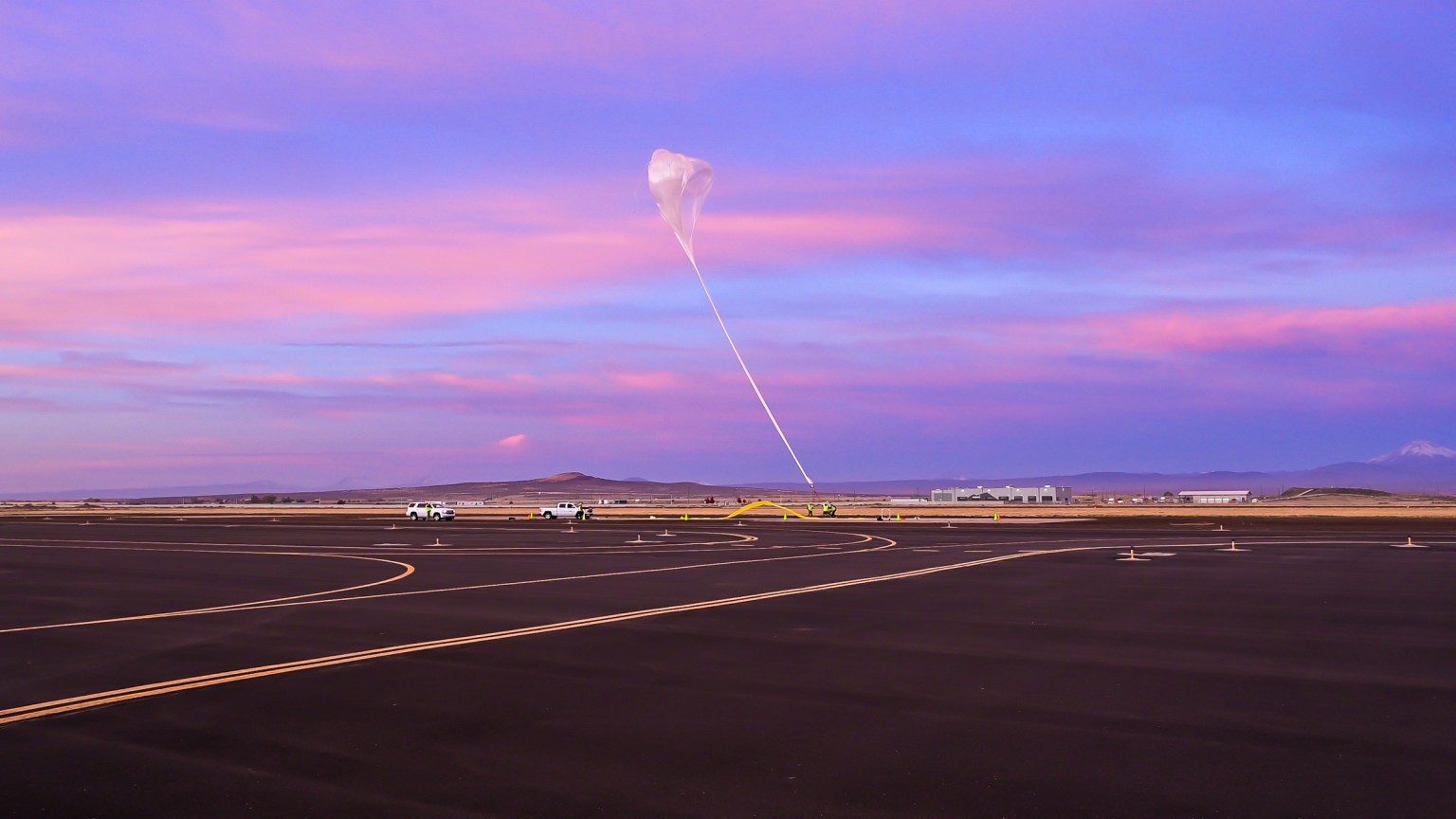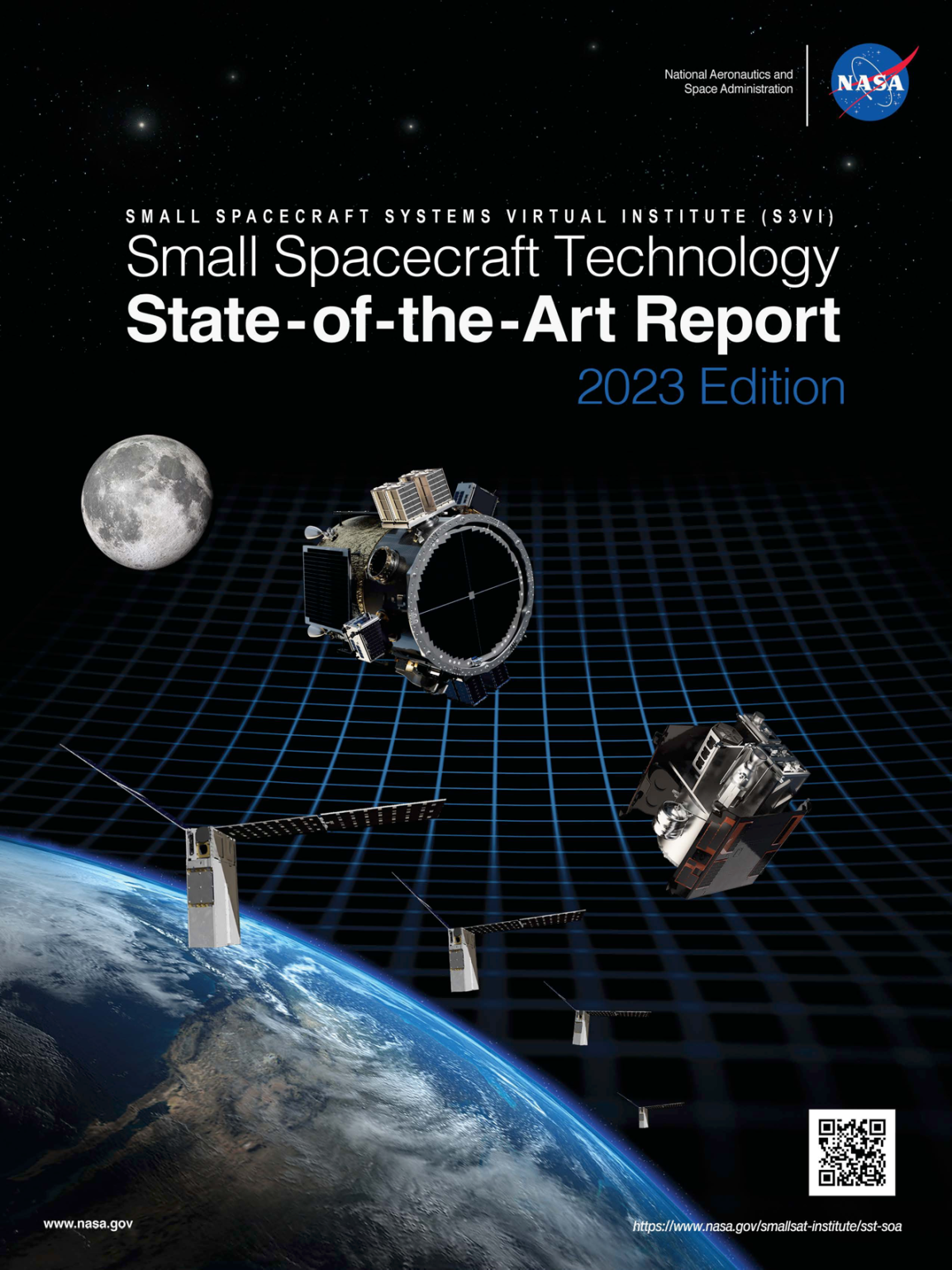NASA’s University SmallSat Technology Partnership (USTP) initiative supports the development of university-based technologies with the potential to advance the small spacecraft industry. The program aims to enhance the capabilities of SmallSats as a platform for innovative research and technology demonstrations, contributing to the nation’s lunar and deep space exploration objectives and high-priority science.
To accomplish this, USTP facilitates collaborations between accredited U.S. colleges and universities and NASA centers across the country. Specifically, the two-year cooperative agreements funded and managed by the Small Spacecraft Technology (SST) program accelerate the development of promising SmallSat technologies of interest, connecting these new technologies with the broader small spacecraft community and NASA. The continued increase in small spacecraft capability in areas such as processing, communications, navigation, power, and propulsion is spurred by investments and partnerships validated through in-orbit testing of individual spacecraft and constellations of SmallSats.
Small spacecraft are also an emerging part of future space exploration, as they have shown the potential to support assembly and repair of other larger spacecraft; characterize the environments of the Moon, Mars, and other deep space destinations; and perform scientific observation of asteroids and exoplanets. The maturity of SmallSat systems brought about by investments in technology, instruments, and supporting tools will promote industry-wide adoption of the platform for more complex, distant, and long-duration missions.

Since 2013, the USTP initiative has funded 36 universities in 22 states. The strategy of combining financial investment and NASA partners in the USTP award structure for university research helps prepare small spacecraft technology for potential transition to industry and/or infusion into exploration and science missions. Another important benefit of the USTP initiative is that it nurtures a new generation of small spacecraft innovators for industry, NASA, and other government agencies, and the nation.
Between 2013 and 2023, NASA awarded six USTP cohorts comprised of university and NASA teams for a total award of more than $30 million. As of January 2024, eight out of the 10 NASA centers (including the Jet Propulsion Laboratory in Southern California, a federally funded research center) have supported the university partnerships. That support has advanced affordable SmallSat technologies with applications in areas like autonomous swarm operation using radio frequency and optical navigation, improved thermal management, propulsion, and advanced power electronics.
Awards are $225,000 per year per university team over a two-year partnership. The initiative helps advance SmallSat innovations’ Technology Readiness Level (TRL), with a number of technologies demonstrated on suborbital and orbital platforms as well as making a successful transition to industry and/or NASA missions.
In addition to advancing the science and exploration priorities of industry and NASA, many USTP-funded projects support crosscutting applications that address the broader small spacecraft community including academia and other government agencies. Early funded projects focused on readying small spacecraft technologies for suborbital or orbital technology demonstrations. More recently, USTP projects addressed these key areas within the Earth, cislunar, and deep space domains:
- Topic 1: Earth- and Global Navigation Satellite System-Independent Position Navigation and Timing for Small Spacecraft
- Topic 2: Edge Computing and Machine-Learning Architectures, Software, Platforms, and Devices for Small Spacecraft
- Topic 3: High Specific Power Systems and Thermal Control for Small Spacecraft
Fast Facts
- The USTP initiative was previously called the “STP (Smallsat Technology Partnership)” initiative until 2023 when it was renamed the “University Smallsat Technology Partnership”
- USTP solicitations typically occur every two years, based on availability of appropriated funds. Year-two funding is contingent on progress achieved during the first year and the availability of funds.
- Starting in 2023, the maximum USTP award was increased from $200,000 to $225,000 annually for two years to the university partner in addition to a half-time annual labor for a NASA partner. In addition, in year two the NASA partner is provided $30,000 for the procurement of equipment and/or testing facilities.
Between 2013 and 2023:
- SST awarded 54 partnership projects between 36 U.S. colleges or universities in 22 states (+6 supporting collaborators in 6 states) and their NASA partners.
- USTP teams published 50+ papers, 30+ conference presentations, and involved 100+ students.
NASA Partnership
The USTP initiative is managed by NASA’s SST program office within the Space Technology Mission Directorate (STMD). The program office resides at NASA’s Ames Research Center (ARC), located in California’s Silicon Valley.
Eight NASA centers have participated as collaborators in the USTP program: Ames Research Center, Jet Propulsion Laboratory, Johnson Space Center, Marshall Space Flight Center, Kennedy Space Center, Langley Research Center, Glenn Research Center, and Goddard Space Flight Center.
USTP projects have been selected for flight demonstration through NASA’s Space Operations Mission Directorate’s CubeSat Launch Initiative and STMD’s Flight Opportunities program.
Learn more:
- NASA-Supported University Research Slated for Upcoming CubeSat Missions
https://www.nasa.gov/image-feature/nasa-supported-university-research-slated-for-upcoming-cubesat-missions - Annual University SmallSat Technology Partnerships Technology Exposition:
- Small Spacecraft Technology Program Projects and Missions: https://www.nasa.gov/smallspacecraft/technology-demonstrations/
- NASA Small Spacecraft Systems Virtual Institute: https://www.nasa.gov/smallsat-institute/
For investigators:
Investigators interested in funding opportunities with the Small Spacecraft Technology program please visit here.
For news media:
Members of the news media interested in covering this topic should reach out to the NASA Ames newsroom.
USTP Cohort Solicitation Summary and Highlights by Year
2020
For the 2020 USTP solicitation, proposers identified a technology gap of a potential lunar mission that could be executed using SmallSats. Technology teams could address three topics:
- Lunar communications and navigation network
- SmallSat propulsion for lunar missions
- Advanced electrical power subsystem and thermal management technology
The nine selected university partnerships exemplified technical relevance and approach, including one notable project involving development of a 3D-printed hybrid propulsion solution for a SmallSat lunar landing and sample return. This low-cost “green” propulsion technology allows repeatable access to promising lunar surface features. Another funded project involved building a small satellite lunar communications and navigation system that would enable cell phone level performance position, navigation, timing (PNT) and text messaging at the Moon.
The award values were a maximum of $200,000 each year for up to two years ($400,000 maximum) per award plus NASA partner support.
Learn more:
- NASA Selects Universities for Collaborative Development of Small Spacecraft Technologies:
https://www.nasa.gov/centers-and-facilities/ames/nasa-selects-universities-for-collaborative-development-of-small-spacecraft-technologies/ - 2020 SmallSat Technology Partnerships – Small Satellite Conference presentation: https://digitalcommons.usu.edu/cgi/viewcontent.cgi?filename=0&article=4606&context=smallsat&type=additional
2017
The fourth-year USTP cohort of nine university teams offered proposals where their SmallSat or advanced technology could fill gaps in existing science or exploration system capabilities.
Key topic areas included:
- Small spacecraft instrument technologies – development of multiple sensors, detectors, or optics supporting advanced measurements
- Technologies enabling large swarms of small spacecraft – enabling affordable small spacecraft swarms of 10 to 100 spacecraft, all controlled from the ground and operating safely in close proximity
- Technologies enabling deep space small spacecraft missions – maintaining affordability and navigation, observation, or other functions as these spacecraft venture beyond Earth’s magnetosphere
Partnership teams were encouraged to pursue spaceflight demonstrations, including aboard the International Space Station.
Learn more:
NASA Selects University Partners for Small Spacecraft Collaboration: https://www.nasa.gov/directorates/stmd/small-spacecraft-technology-program/nasa-selects-university-partners-for-small-spacecraft-collaboration-2017/
2016
The eight awarded college and university USTP projects in 2016 involved laboratory work to advance a particular small spacecraft technology or develop a new SmallSat. The solicitation required proposers to address one of four topic areas:
- Enhanced power generation and storage to enable longer duration missions for small spacecraft
- Cross-linking communication systems to enhance inter-satellite radio frequency and optical communications for networks of small spacecraft, especially CubeSats
- Relative navigation for multiple small spacecraft
- New miniaturized instruments and sensors for small spacecraft science missions
Learn more:
- NASA Reaches Out to Universities for Small Satellite Technology Collaborations:
https://www.nasa.gov/directorates/stmd/small-spacecraft-technology-program/nasa-reaches-out-to-universities-for-small-satellite-technology-collaborations/
- NASA SmallSat Technology Partnerships Projects Selected in 2016: https://www.nasa.gov/directorates/spacetech/small_spacecraft/NASA_Smallsat_Technology_Partnerships_Projects_Selected_2016/
2015
The eight USTP projects selected in the program’s second year included university projects to develop innovations in systems or techniques to improve the quantity and quality of data transmittal from small spacecraft, including CubeSats. Awarded projects also helped reduce the cost and complexity of ground operations to support small spacecraft demonstrations through new technology or better coordination of assets.
The 2015 cohort addressed four technology areas: precise attitude control and pointing instruments or antennas that can hold precise attitudes; power generation, energy storage, and thermal management systems for small spacecraft; low-cost deorbit systems; and communications and tracking systems and networks.
Learn more:
- SmallSat Technology Partnership Selections NASA-University Collaborations
https://www.nasa.gov/directorates/stmd/small-spacecraft-technology-program/smallsat-technology-partnership-selections-nasa-university-collaborations/
2013
In its first year, the USTP initiative included 13 partnership teams from 17 universities and 7 NASA field centers. The projects focused on miniature radio and navigation devices, low-power laser communications, and radiation-tolerant computers. Additional emerging concepts eligible for funding included energy storage devices and electric propulsion for deep space missions. Two of these 13 partnerships were selected for launch opportunities through the CubeSat Launch Initiative.
Learn more:
- SmallSat Technology Partnerships 2013 Fact Sheet: https://www3.nasa.gov/sites/default/files/files/SSTP_Partnerships_Program_Fact_Sheet.pdf
- NASA Selects University Teams for New SmallSat Collaborative Projects:
https://www.nasa.gov/press/2013/august/nasa-selects-university-teams-for-new-smallsat-collaborative-projects/#.YdDHF33ML54































